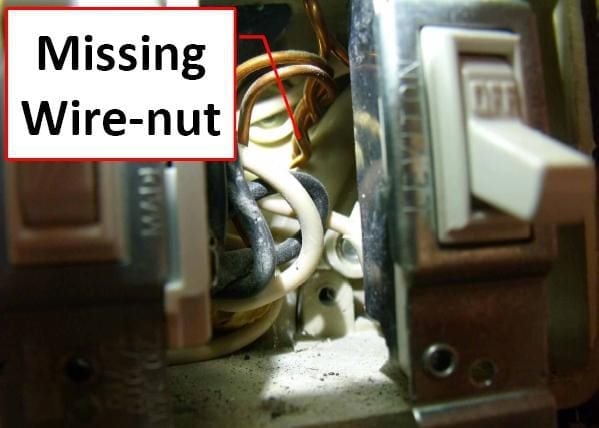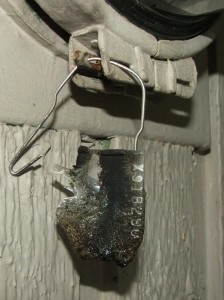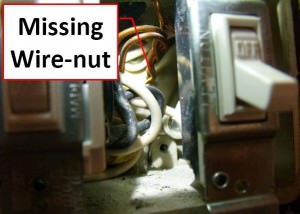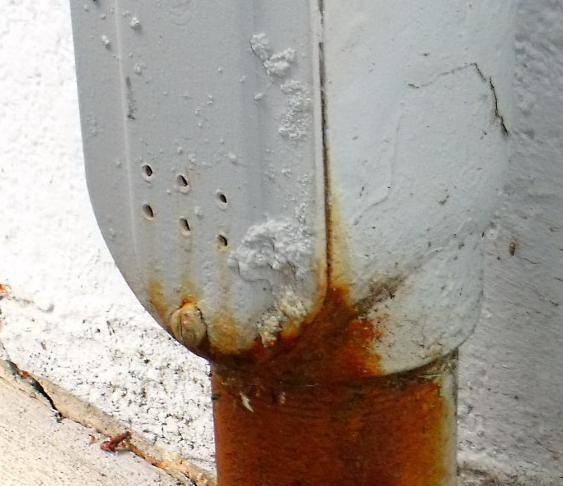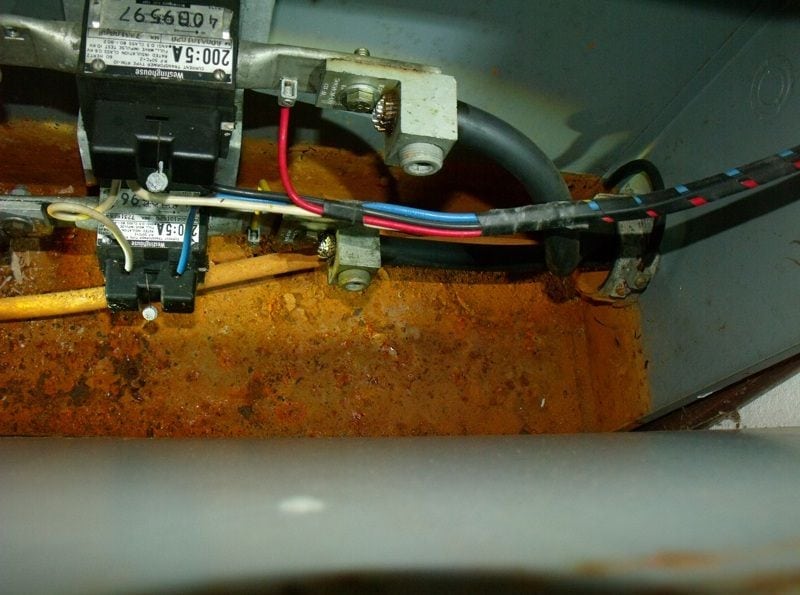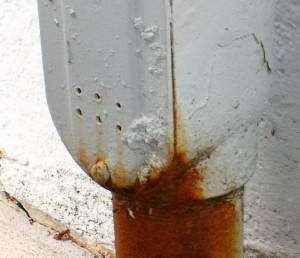
The Standards of Practice for Home Inspectors in Seattle and all of Washington State are what one would describe as “Minimum Standards.” They provide a “guideline” for basic performance. This is true of all Standards of Practice for our profession–whether these Standards are State mandated or derived from one of the Home Inspector Associations like ASHI, InterNACHI, NAHI or CREIA.
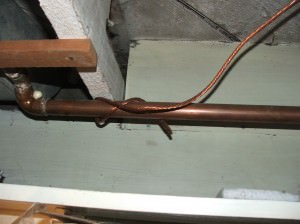
Some inspectors use these SOP’s as a way to define “only” what they will do. In other words the “minimum” becomes the “maximum.” While this business model may meet the requirements of their License or membership in an Association, it does not provide much in the way of service to the buyer and therefor many inspectors will typically exceed these minimum standards.
But this tangent is not what I am here to talk about today.
Washington State Standards of practice has several things that are quite different from other Standards of Practice around the country. One of those differences is the requirement that we will report, “The existence of a connected service-grounding conductor and service-grounding electrode when same can be determined,” and we will report, “When no connection to a service grounding electrode can be confirmed.”
In other words we are checking to see if the house electrical system is properly grounded–at least as can be determined “visually.” (The whole business of how well an electrical system is “functionally” grounded can be quite difficult to determine–except with sophisticated equipment.)
Without going into all the technical details, and the myriad ways to achieve electrical system grounding, I want to state that this can actually be quite difficult and I expect that many inspectors fall back on the “…when same can be determined,” part of the requirements. I have always taken this part of the inspection very seriously. It was something I looked for even before our Standards of Practice came into play.
One of the basic means of achieving grounding–especially in older houses–was for the electrical system grounding conductor to be attached to the incoming water pipe. This connection was preferably attached, ahead of the main water shut-off. Think of it as using that long length of buried pipe between the house and the street as the “grounding electrode.” It was not uncommon for houses in the Seattle area to have this wire connected to the piping somewhere along the run of pipe “house side” of the water shut-off or especially in homes with no interior water shut-off. The reason why the wire should “technically” be located street-side of the water shut-off–or right where it comes though the foundation for example–is that it is less likely to become “compromised.”
These compromises happen in many ways–and I find them often. As an example, let’s say the system is grounded to the water pipe at the water heater which is five feet away from where the pipe comes into the basement. Mr. Homeowner decides the wants a water filter installed and does so in that section of pipe between where it comes through the foundation and where the grounding wire connects to the pipe at the water heater. Because the filter is plastic we now have lost proper grounding of the house electrical system–especially in homes where the only means of grounding is the water service pipe. It would not be accurate to say the system is “not grounded” however, because there is still a path to ground back at the utility company transformer–wherever that is. What is lost is redundancy and “proper” pathways to ground.
Another common way the system is compromised is when repairs to the piping are made–as in metal pipes being replaced with plastic pipes. Here is another example of how the system can become “compromised.” In this first picture we can see the grounding clamp and wire connected to the cold water pipe near the water heater.
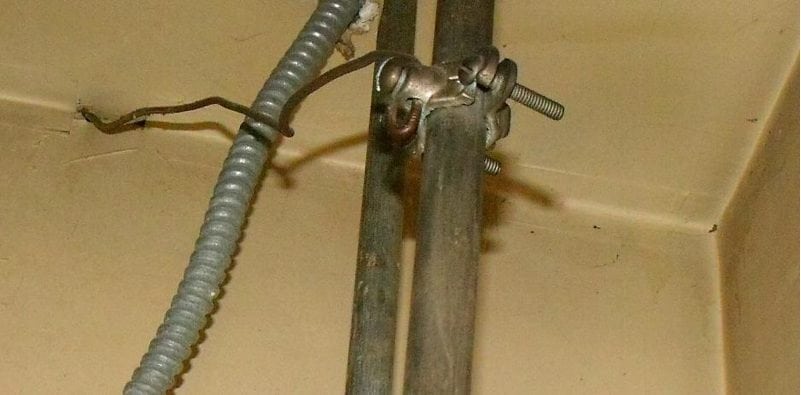
When the house was originally built this connection provided a continuous pathway to the pipe that ran underground out to the street. At some point repairs had to be done to the pipe and a section of the old galvanized pipe had been replaced with copper. That in itself should not be a problem because both types of pipe are metal. Whoever did the repair knew enough to know that copper and galvanized pipes are different metals and electrolysis can occur if connected directly together.

The “di-electric” unions used to connect the two different types of pipe have a little plastic bushing that separate the two pipes–preventing electrolysis but also disrupting the continuity of the electrical system grounding.
These “system” grounding issues are not usually difficult for the Electrical Contractor to correct–but repairs should be done for safety.
By Charles Buell, Real Estate Inspections in Seattle
If you enjoyed this post, and would like to get notices of new posts to my blog, please subscribe via email in the little box to the right. I promise NO spamming of your email
